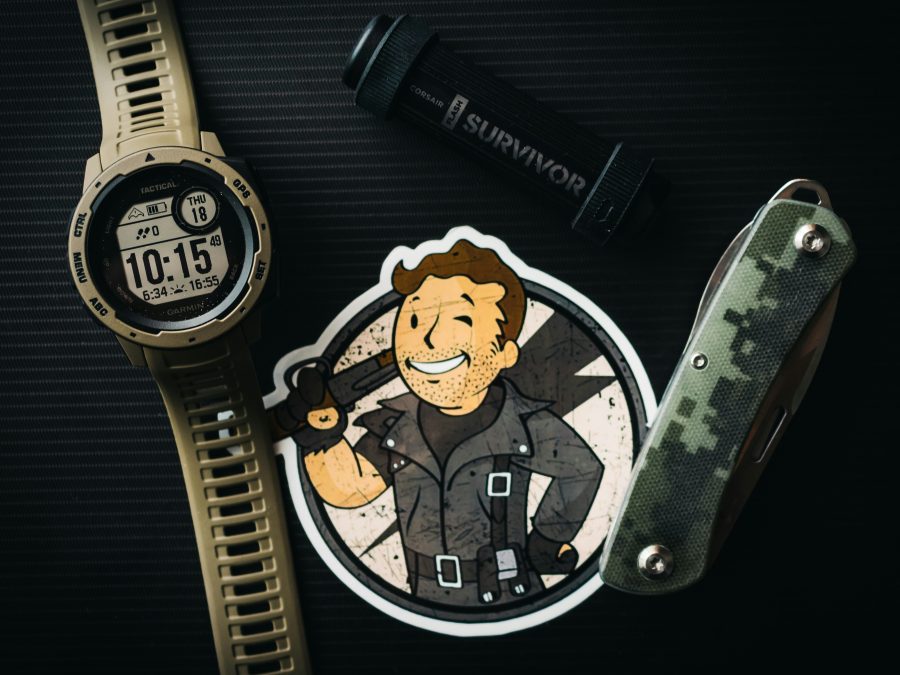U.S. Bank has been testing an NFC-enabled mobile payments service in 20 different markets, spanning several U.S. states, according to Dominic Venturo, Chief Innovation Officer for U.S. Bank Payment Services. The program was being trialed by bank employees who were also bank customers. However, the company won’t disclose the exact number of personnel involved.

Like similar services from Wells Fargo, Bank of America and Chase, U.S. Bank’s payment solution lets customers make purchases with their mobile phone simply by waving their phone at select payment terminals at the point-of-sale. The service debuted in November 2010 in partnership with Visa, whose payWave technology is being used in the new solution. Using hardware made by DeviceFidelity, customers can NFC-enable their smartphones either by inserting a microSD card into their device, or by using a specially designed iPhone case which also includes a microSD card slot.
This post is part of a series on NFC here on ReadWriteMobile which will serve to get you up to speed on what NFC is, what notable developments are underway and what commercial programs using NFC will arrive this year. You can follow this series by clicking the tag (or bookmarking the tag) “NFC 2011.”
This post assumes you are familiar with the term NFC as well as the technology’s use in mobile payments. If you’re just starting to learn about NFC, you should begin here with the first post in the series to get caught up.
NFC-Enabled Mobile Banking Apps

Also involved in the pilot program is payments processing provider FIS and the payments specialist Monitise, which the bank credited with the development of the mobile banking application. Actually, there are two mobile apps involved – one written for BlackBerry smartphones, while the other is an iPhone app. Both offer similar functionality, Venturo says.
Using the apps, customers can perform balance inquiries, pay their bills, see their transaction history, and even switch on or off the NFC functionality. The balance inquiry, specifically, is updated in real-time, reflecting the transactions that were just made at checkout.
Ironically, the on/off switch is provided to address customers’ fears regarding this new technology’s security, despite the fact that NFC, in truth, provides more security than the mag stripe standard used on credit cards today. That feature may or may not arrive in the commercial product, if one is to launch.
Once enabled, these mobile phones can be used anywhere Visa has its contactless payment terminals in place. Merchants accepting these transactions exist in locations that range from pharmacies to fast food restaurants and even some convenience stores.
How the System Works
Customers participating in the pilot program receive the microSD card or iPhone case in the mail at the same time as their new credit card arrives. Included in the package are instructions as to how to insert the chip into the phone (or use the case), plus how to enable and use the mobile application.
At point-of-sale, customers can switch on the NFC functionality within the mobile application (if it was not on already), then simply wave their phone in front of the Visa payWave terminal in order to complete the transaction.
So far, the testers have found the process easy. “We’re really happy with the pilot program’s progress,” Venturo told us in March, while noting that U.S. Bank continues to refine the overall experience.
Commercial Plans?
The pilot was set to wrap up by the end of March 2011, after which U.S. Bank will determine what plans it has for making the program more widely available to non-employee customers. As of yet, the company has not made any announcements about its commercial plans.
While the pilot program itself may have performed well, Venturo believes that there needs to be more than mobile payments alone before NFC technology really takes off. There needs to be more of value driver, he said, where customers receive other items, like coupons or loyalty discounts, when they perform mobile transactions.
Right now, NFC technology is only popular among a highly mobile group of early adopters – a group which is not necessarily the youth market, Venturo explained. Meanwhile, others, when offered the ability to make payments with their phone ask “why would I do that?” He also said that adoption of NFC by merchants will ramp up at different levels across the U.S., noting especially there’s a lot interest in certain spots on the East Coast and west of Colorado.
Image credit: Mobilecrunch




















